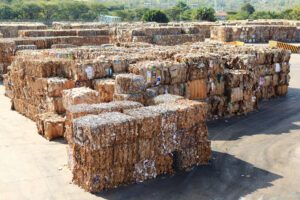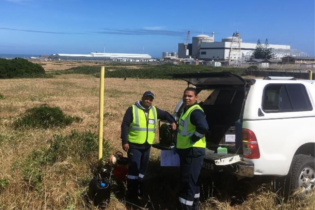Recycling is one of the easiest ways that citizens can ‘Invest in our Planet’, the theme of this year’s global Earth Day, 22 April. Unfortunately, research by the CSIR indicates that only around 10% of urban households actually do so.
“Finding a reason to recycle is perhaps the first step in changing one’s attitude and behaviour,” says Samantha Choles, spokesperson for Fibre Circle, the producer responsibility organisation for the South African paper and paper packaging sector.Reason 1 – today’s grocery delivery, tomorrow’s cardboard box
Waste paper is a raw material that is used to make new products such as cardboard boxes, paper bags, toilet paper and facial tissue. By keeping it clean and dry, and away from wet waste, you help to keep it in good condition for its next life. A recent study found that the paper fibres in cardboard boxes could be recycled up to 25 times before they become unusable.Reason 2 – landfills are taking strain
Recycling reduces the amount of waste going to landfill. For every tonne of paper that is collected, three cubic metres of space is saved. South Africa’s well-established paper recycling industry ensures that every year more than one million tonnes is kept out of landfills and recycled into new products, but there is massive room for improvement.Reason 3 – your ‘trash’ is someone’s treasure
Recycling is a source of income for an estimated 60 000 to 90 000 people countrywide. You can make a collector’s work cleaner, quicker and easier by keeping certain recyclables out of your bin and in a separate bag or box. Recyclable paper items include used office paper, brown cardboard boxes, clean packaging such as cereal, toothpaste, pizza and takeaway boxes, grocery delivery bags and take-away bags, paper cups and milk and juice cartons.You can also put aside plastic milk bottles, PET soft drink bottles, fabric softener bottles, aluminium soft drink cans and tin cans.
It is, however, a good idea to find out what your neighbourhood collectors take. (They may only take certain items and this may differ from area to area.)







